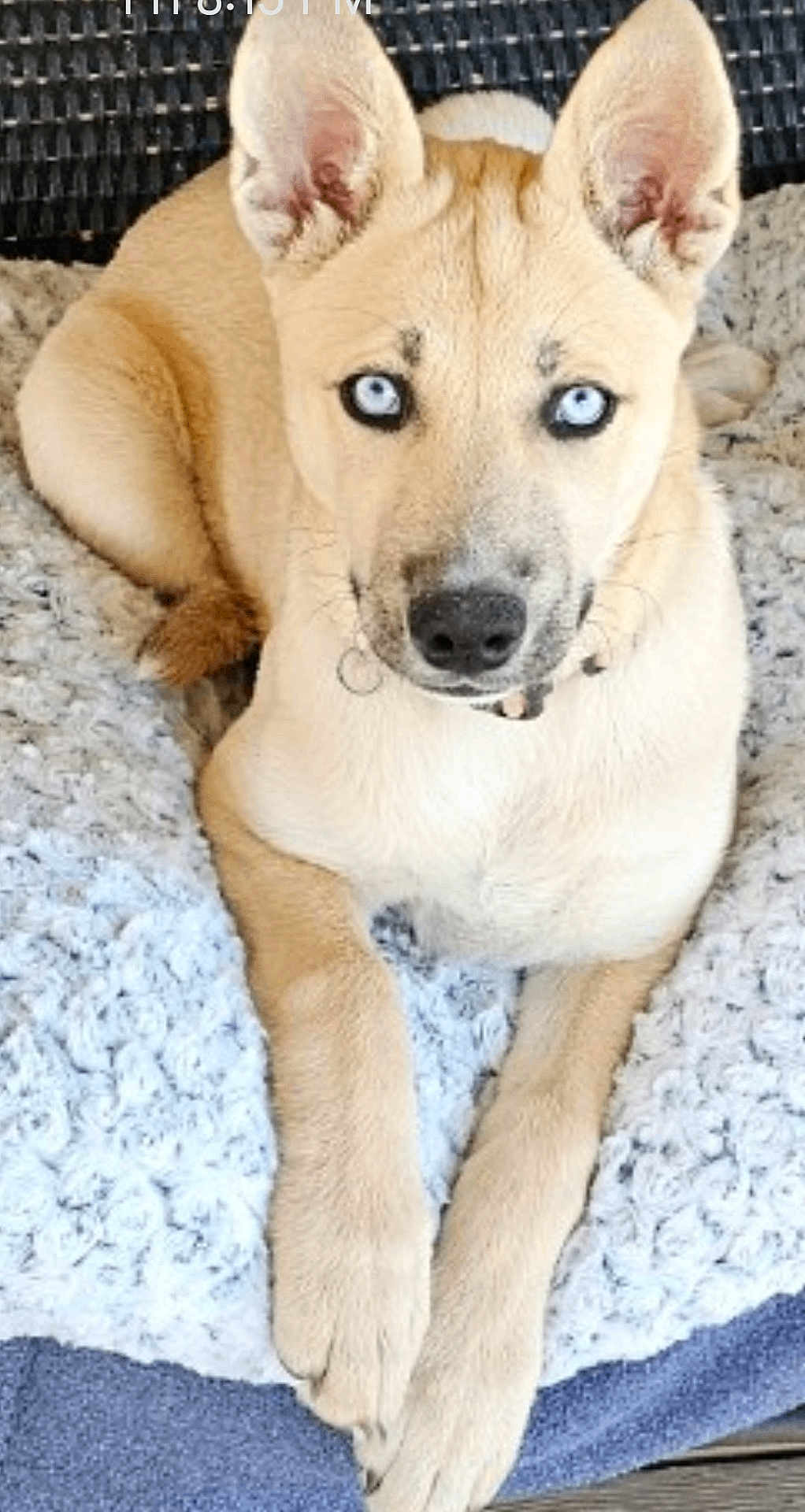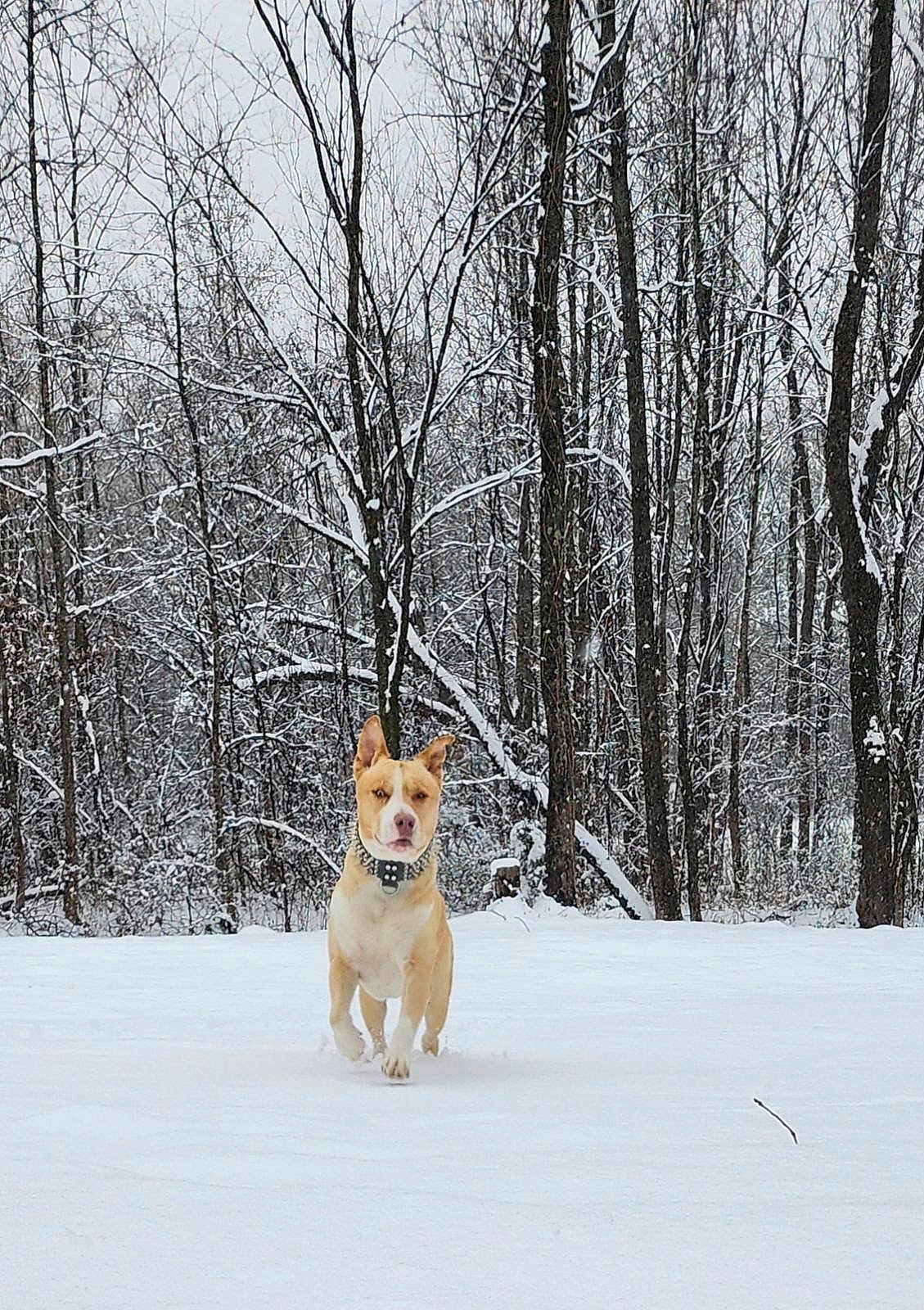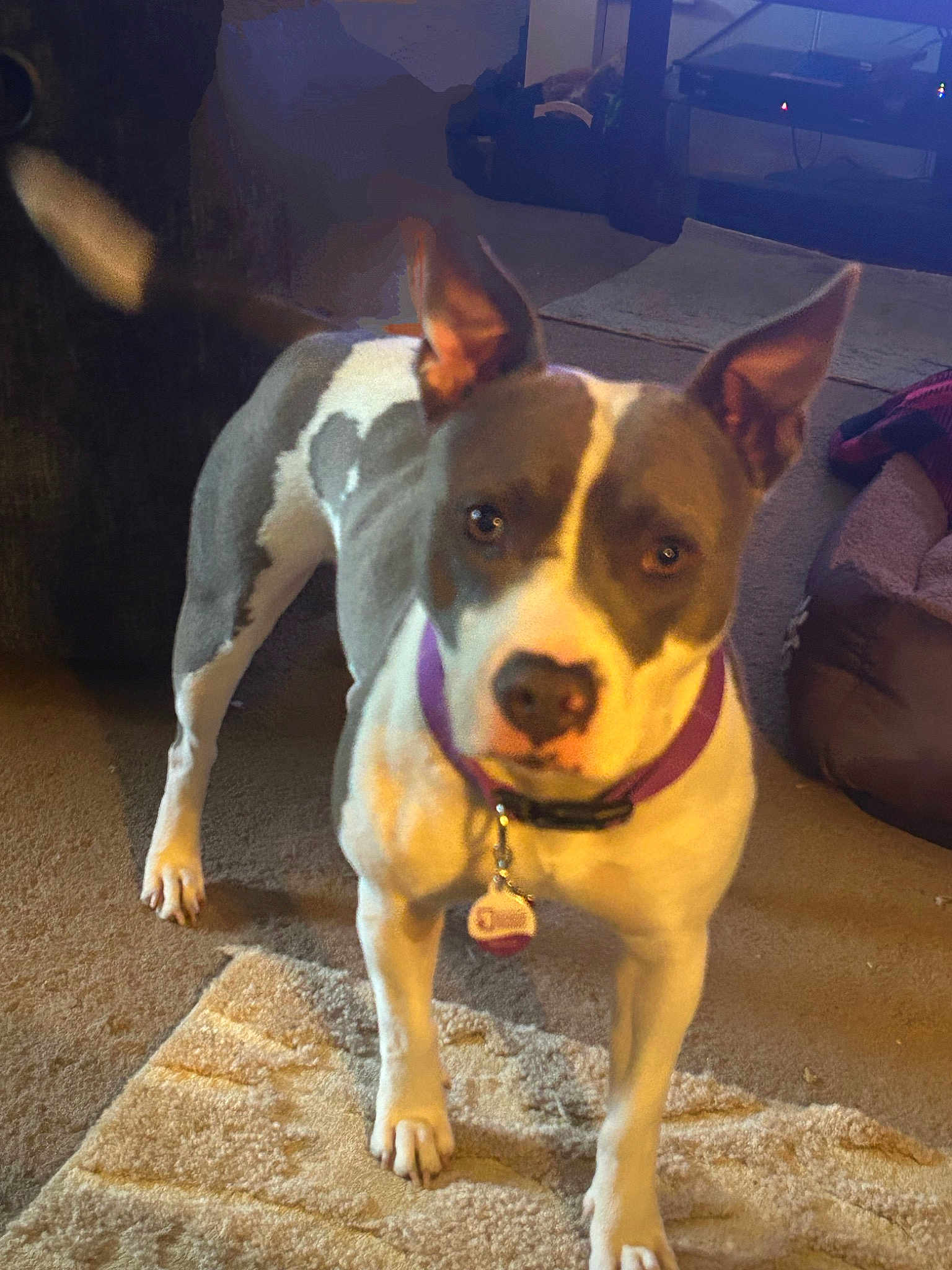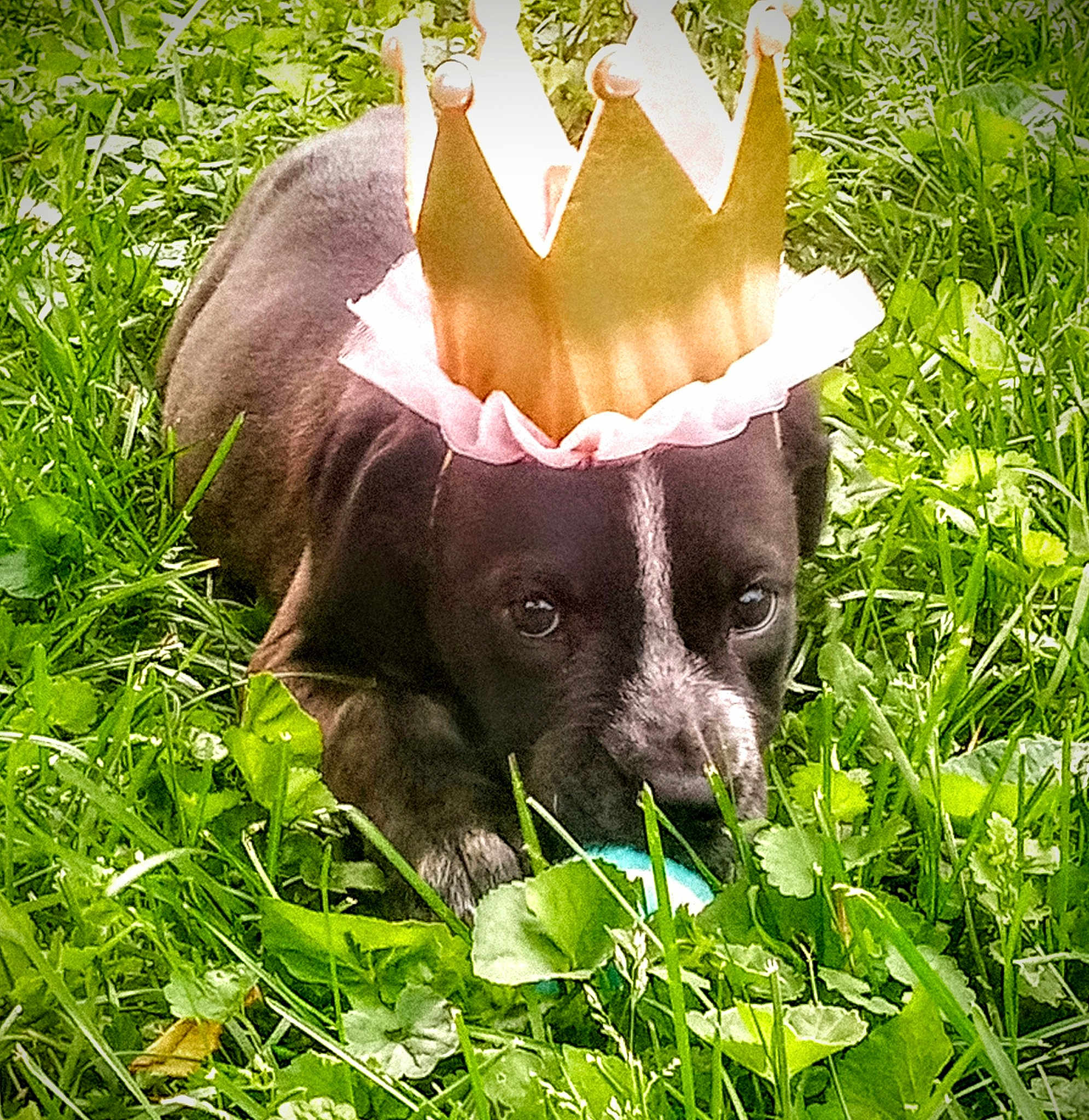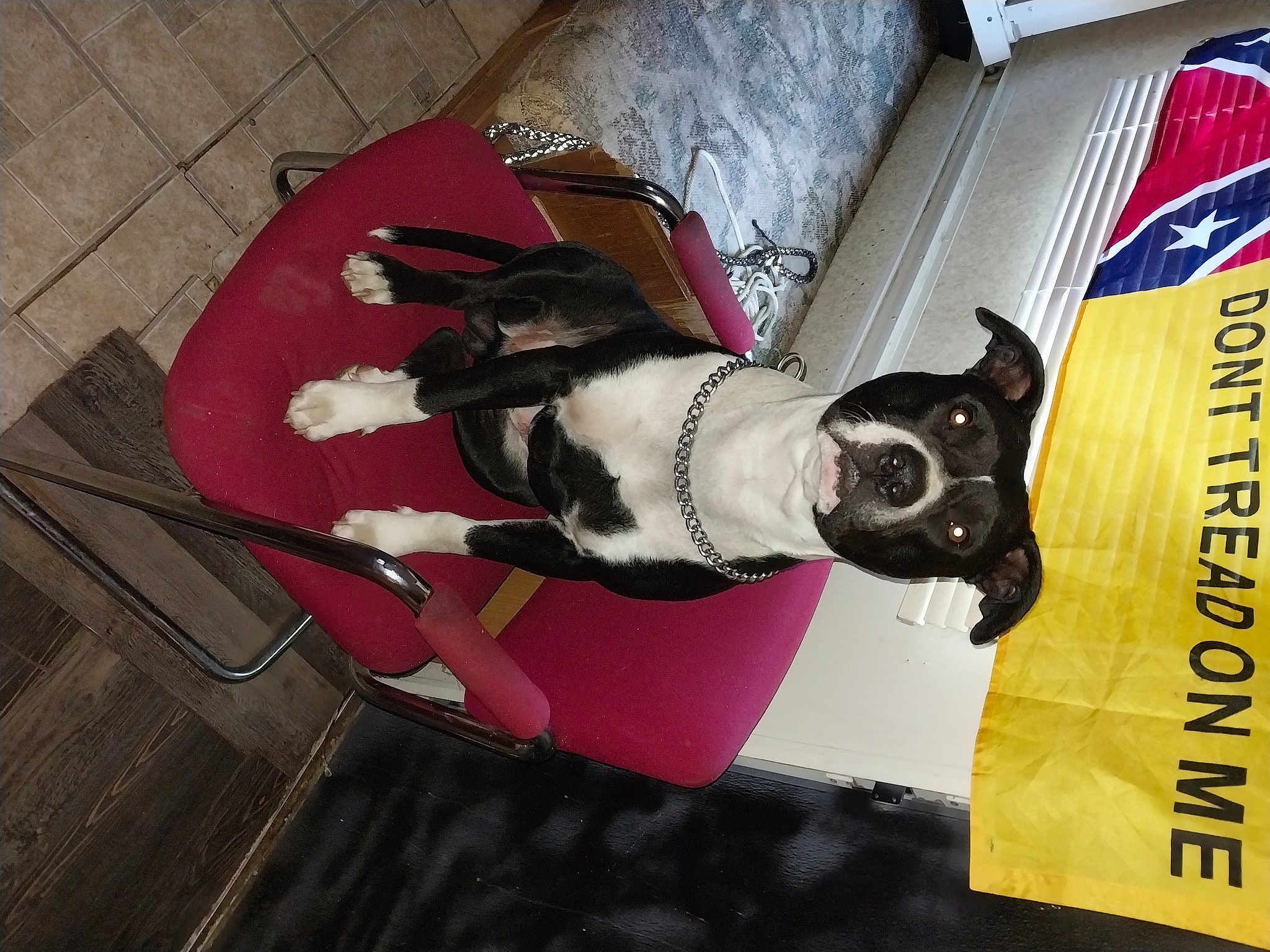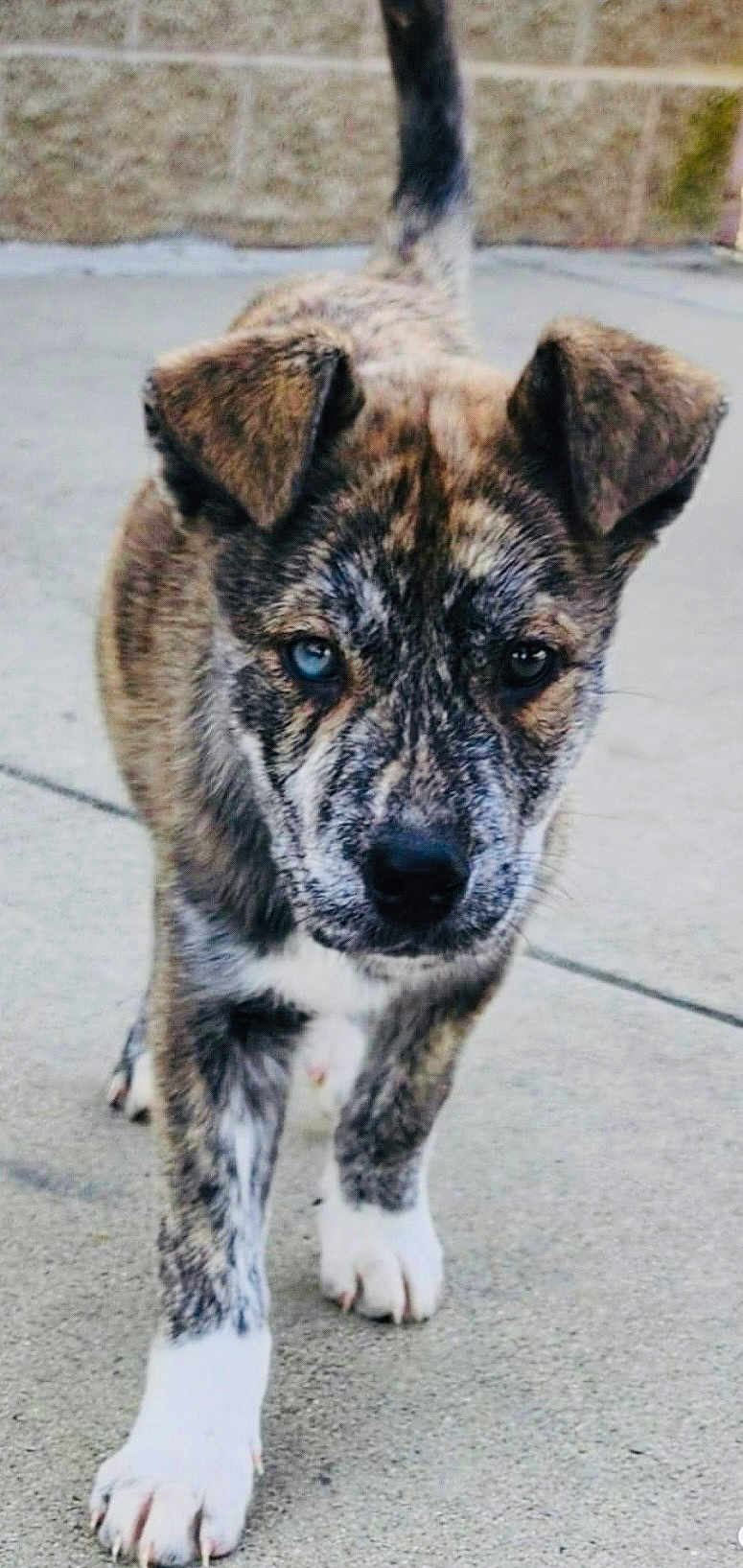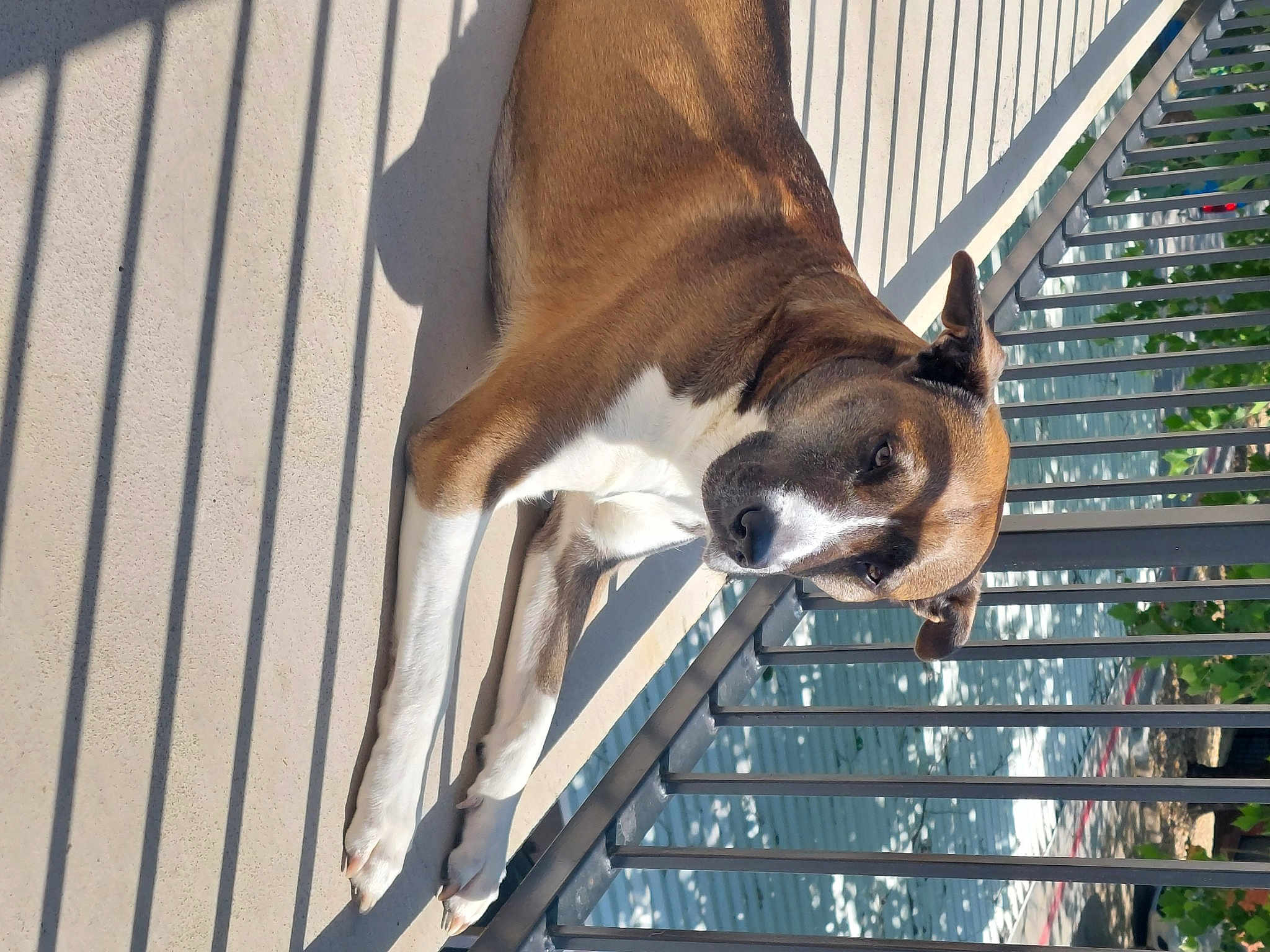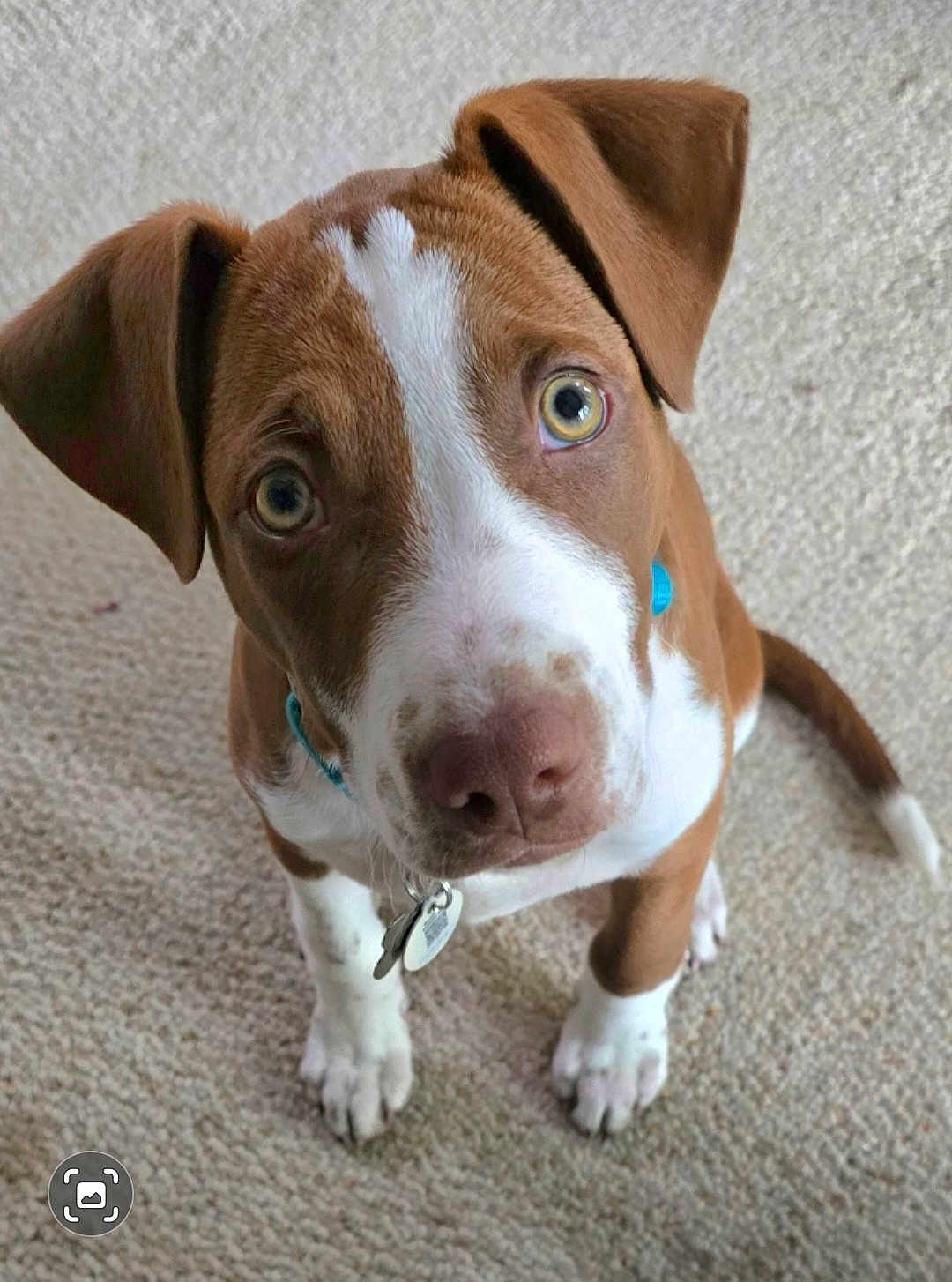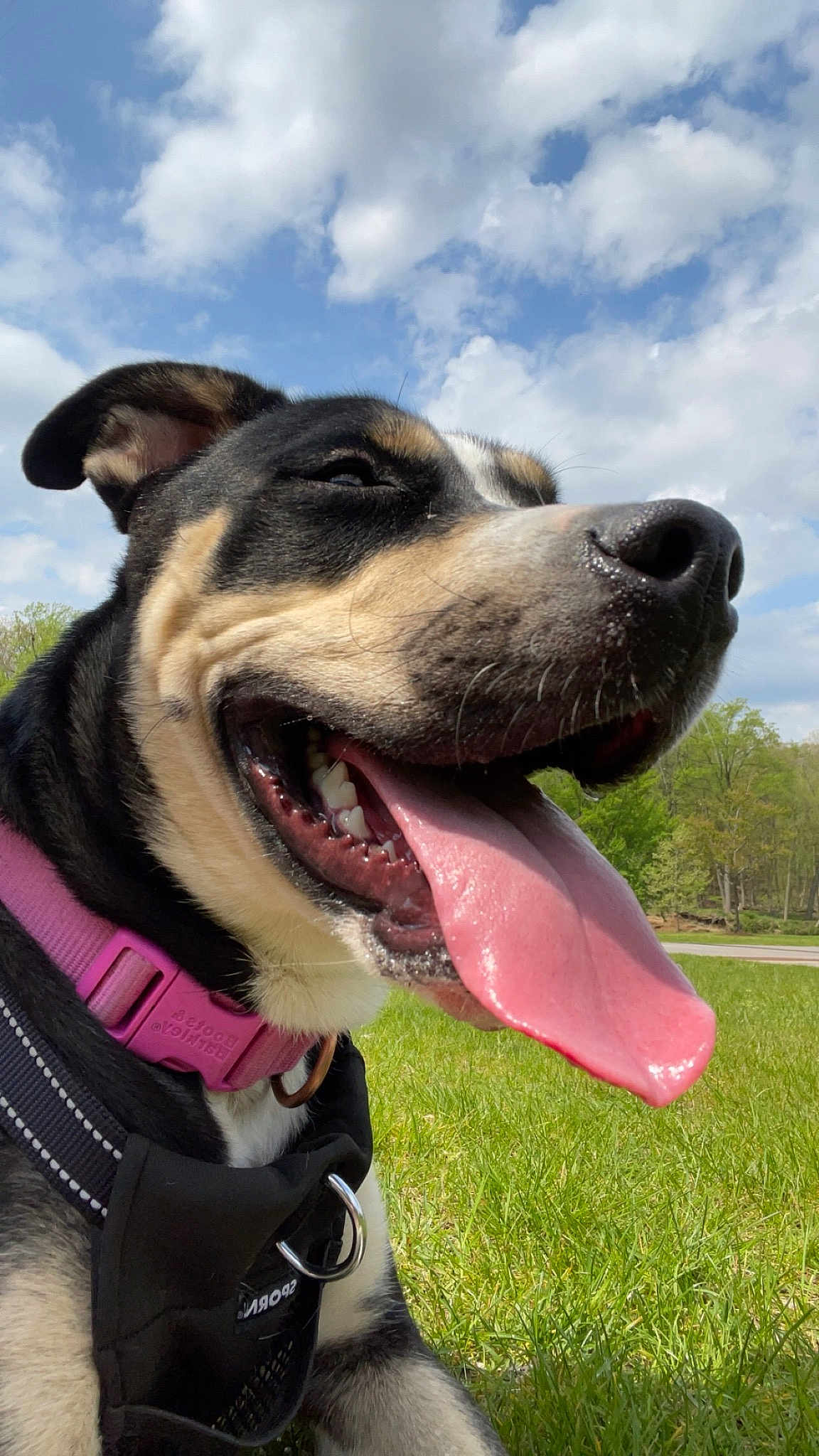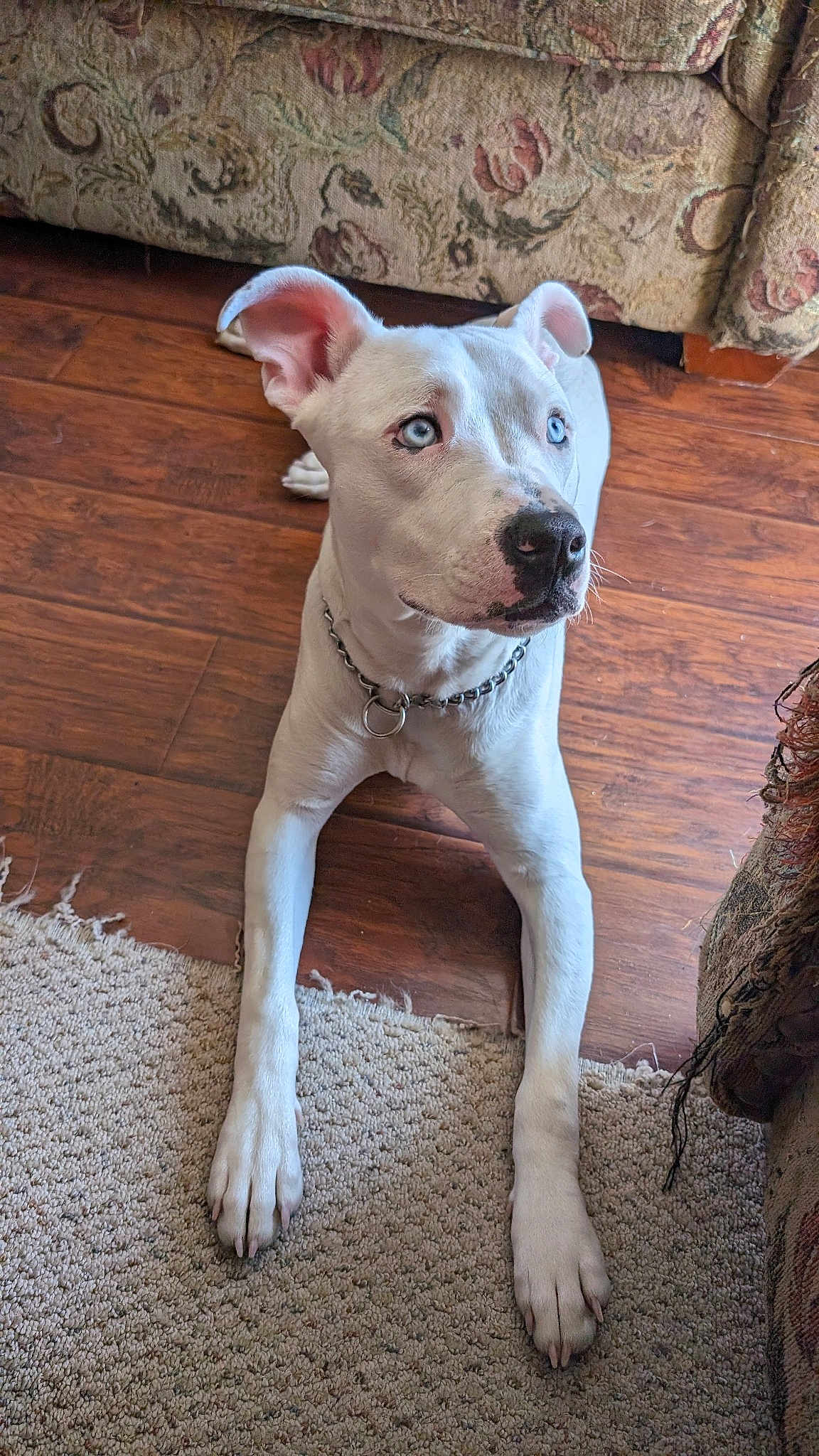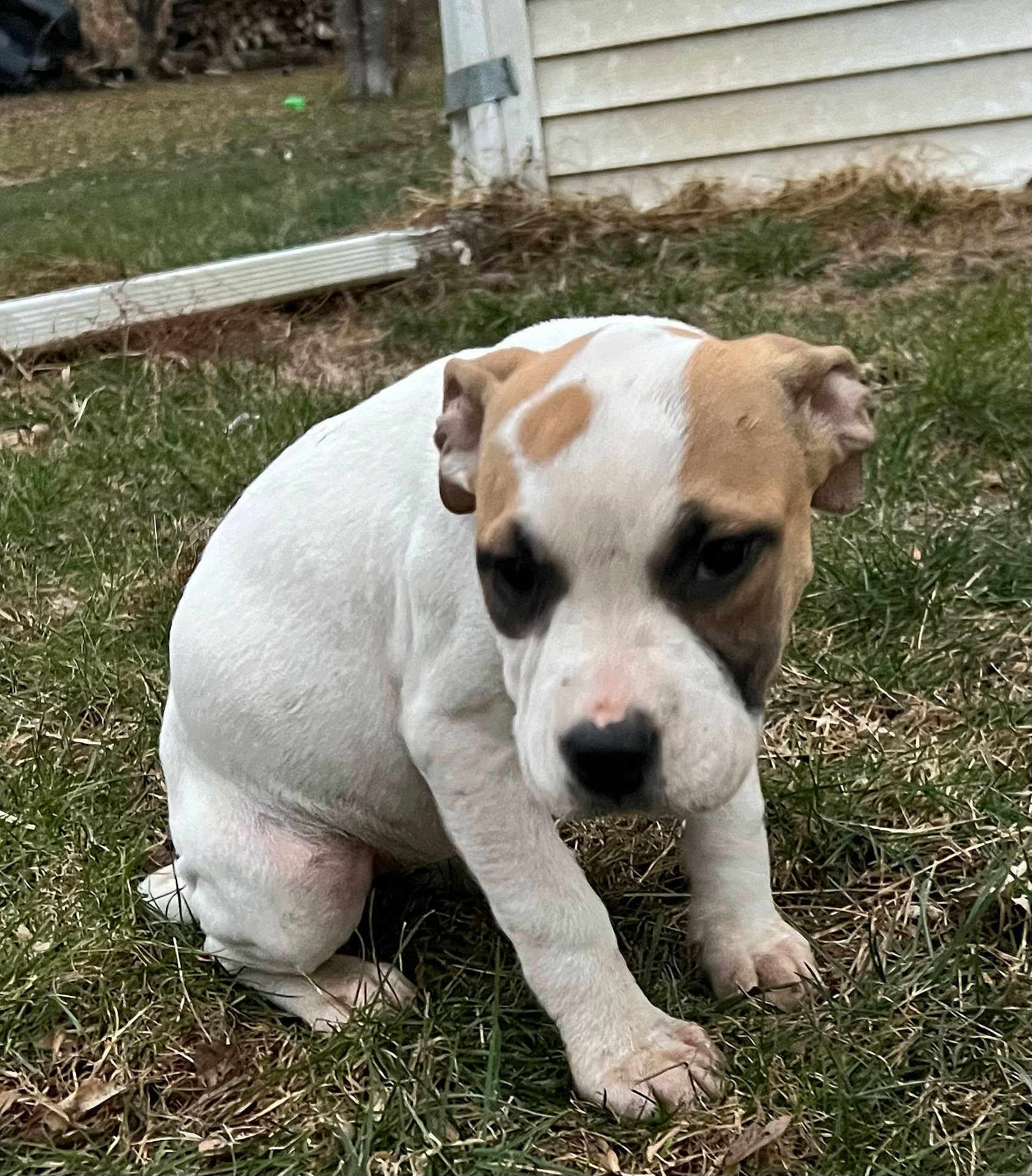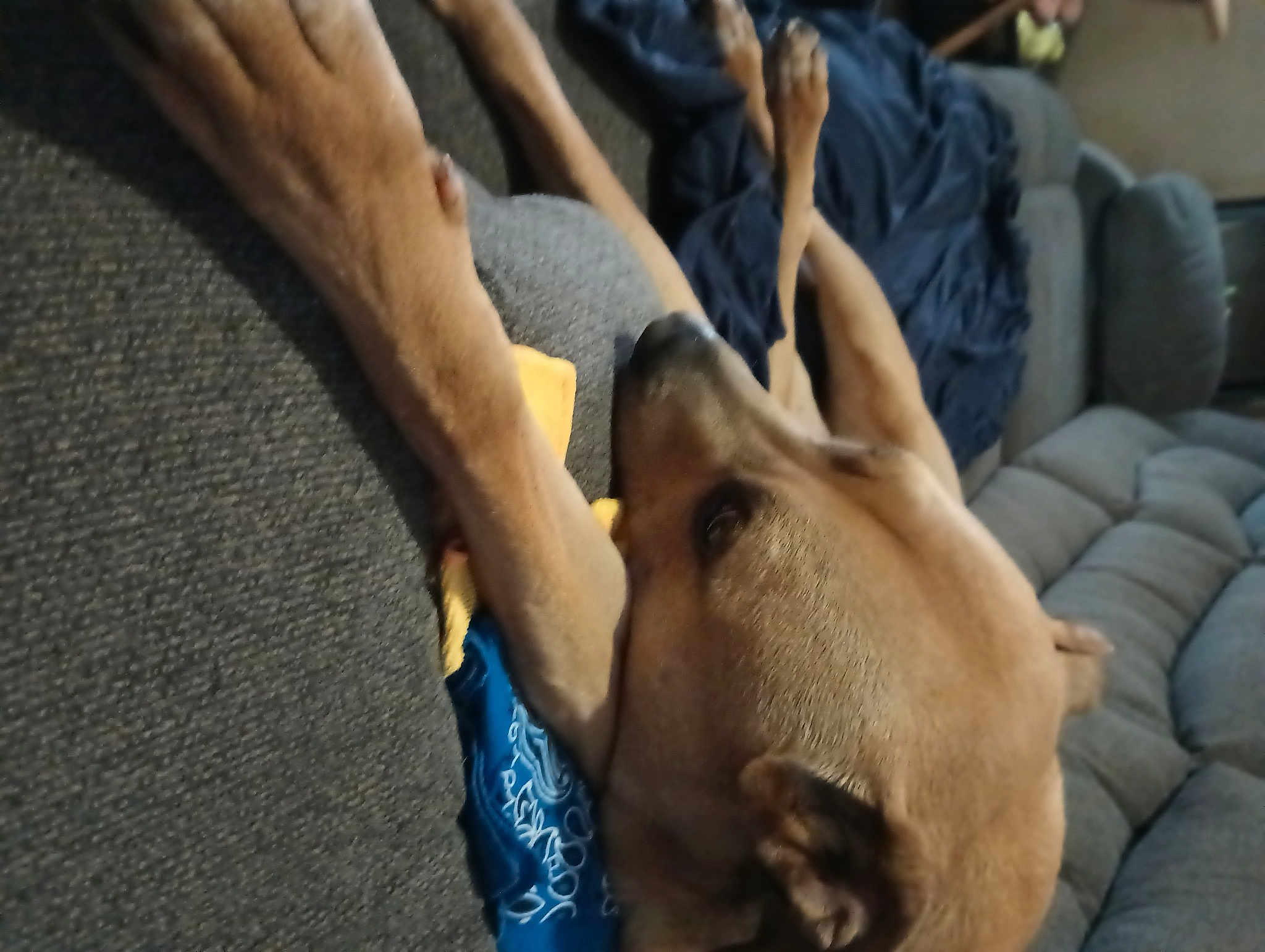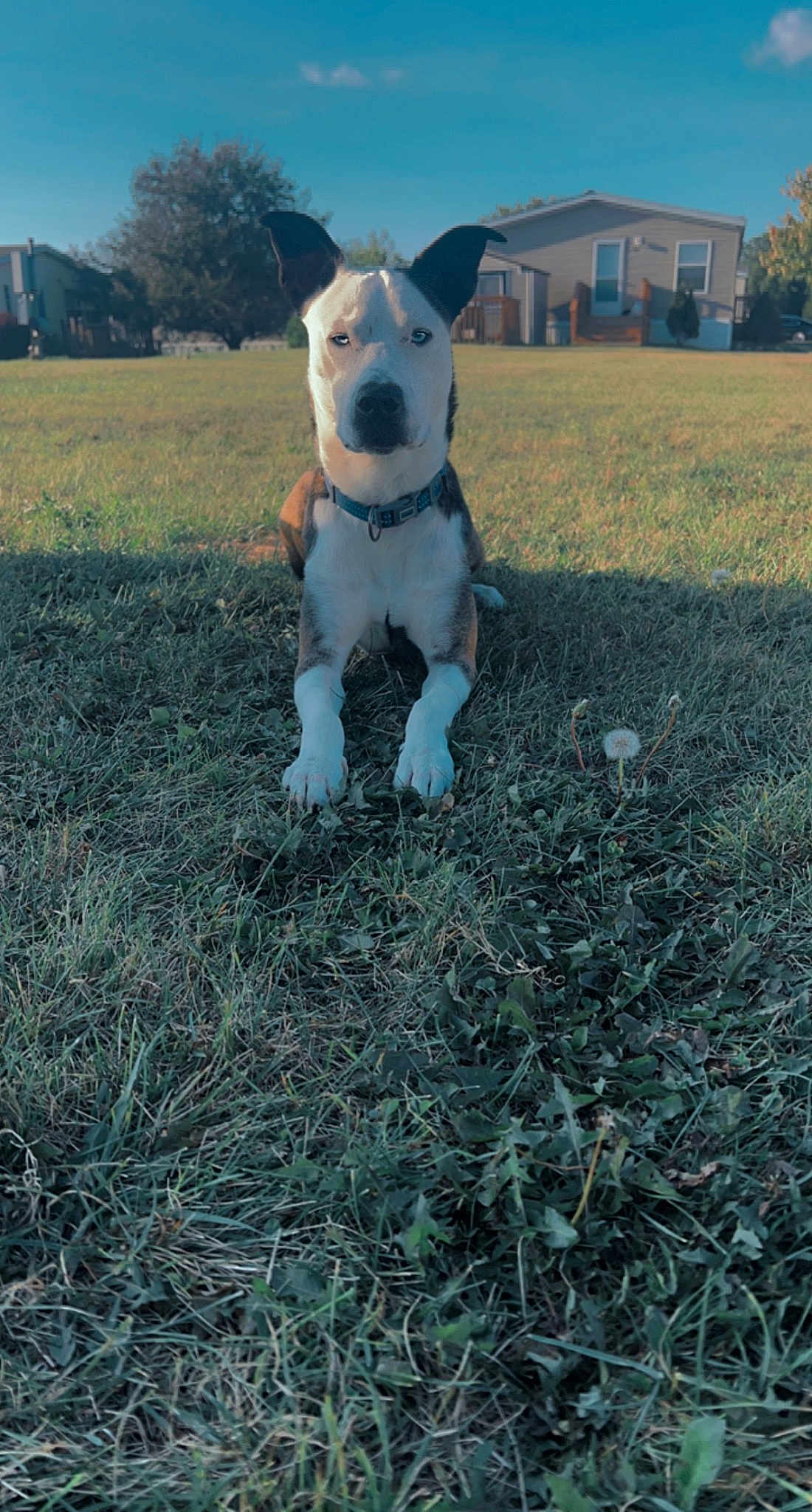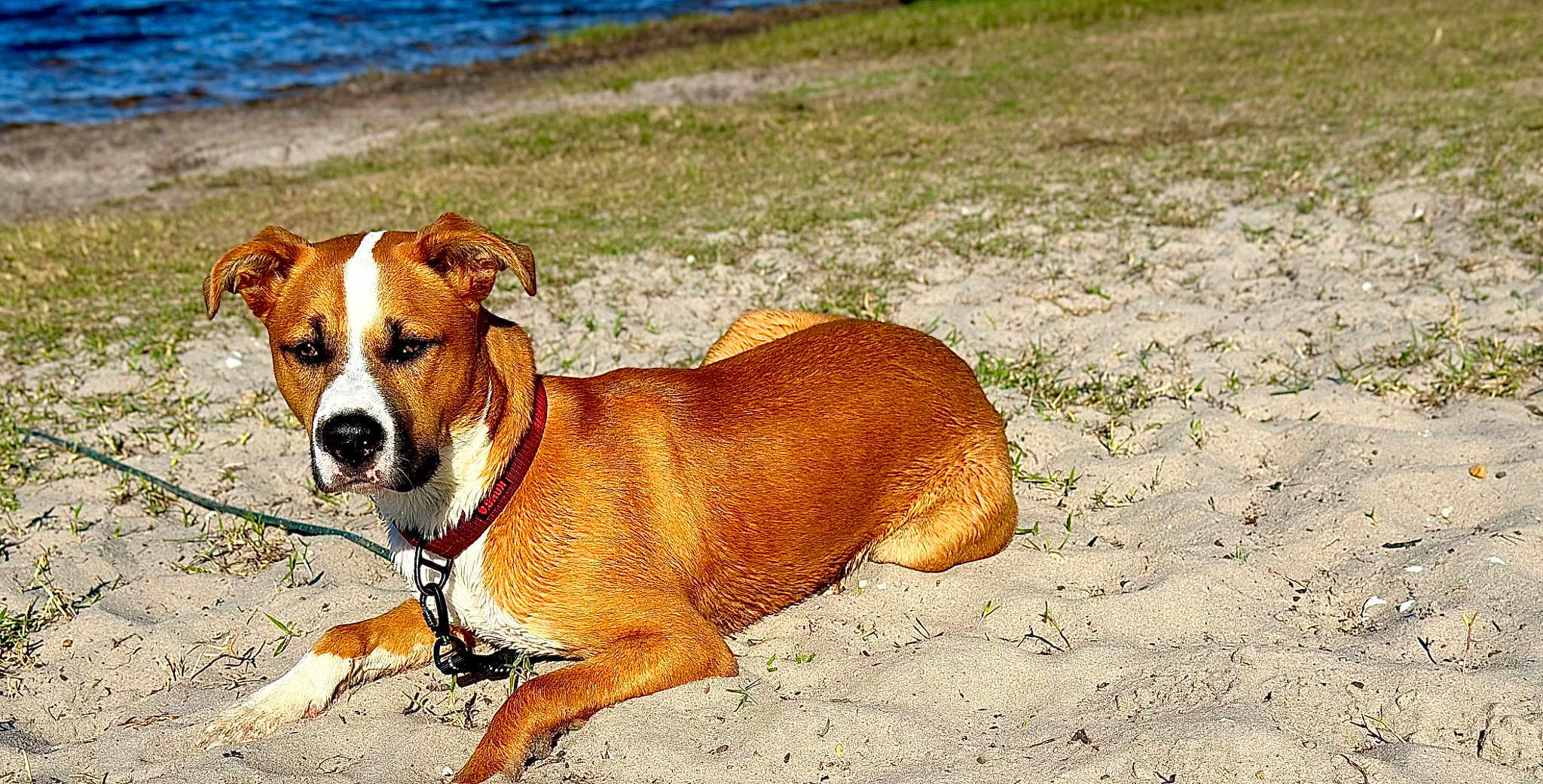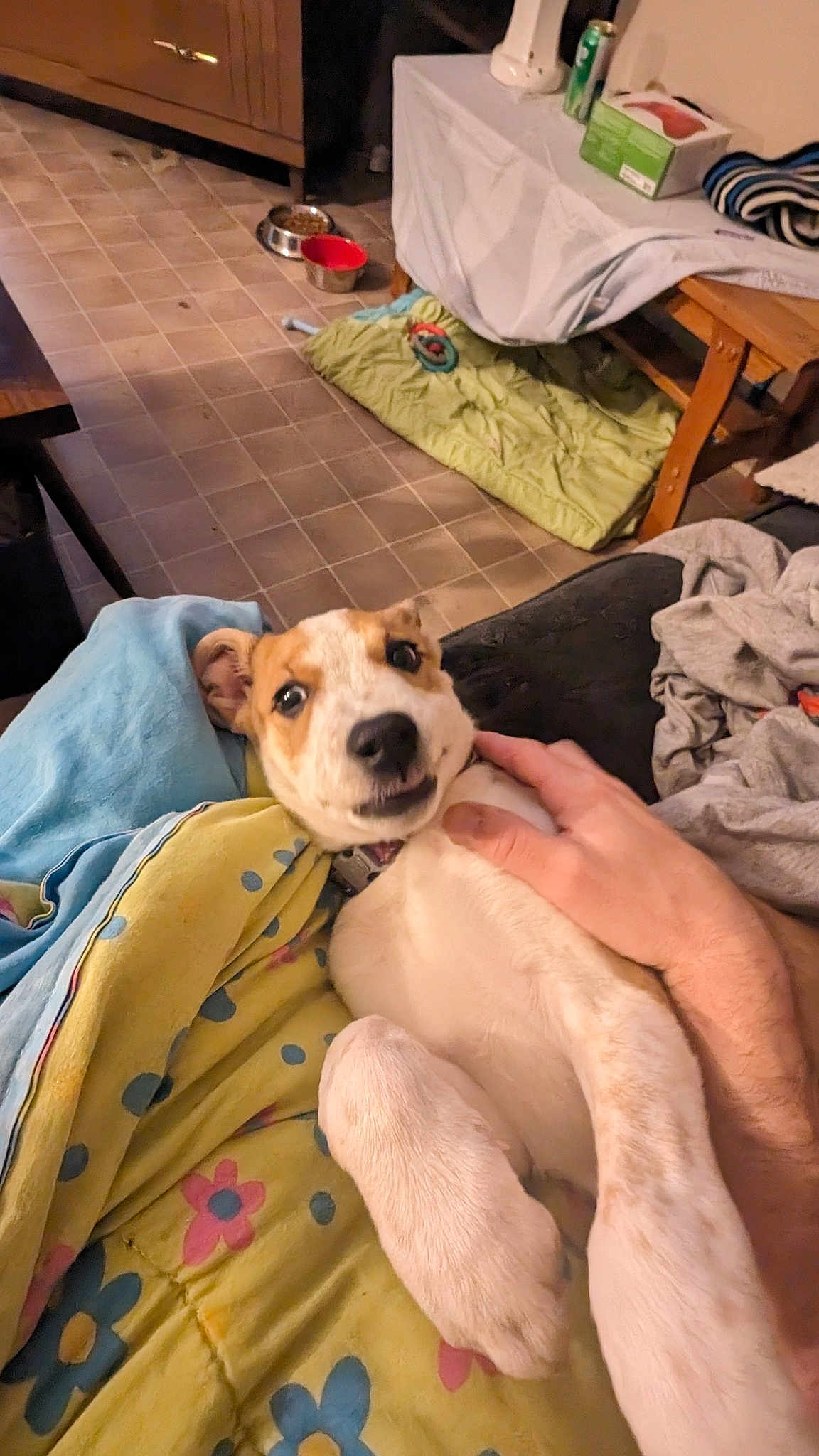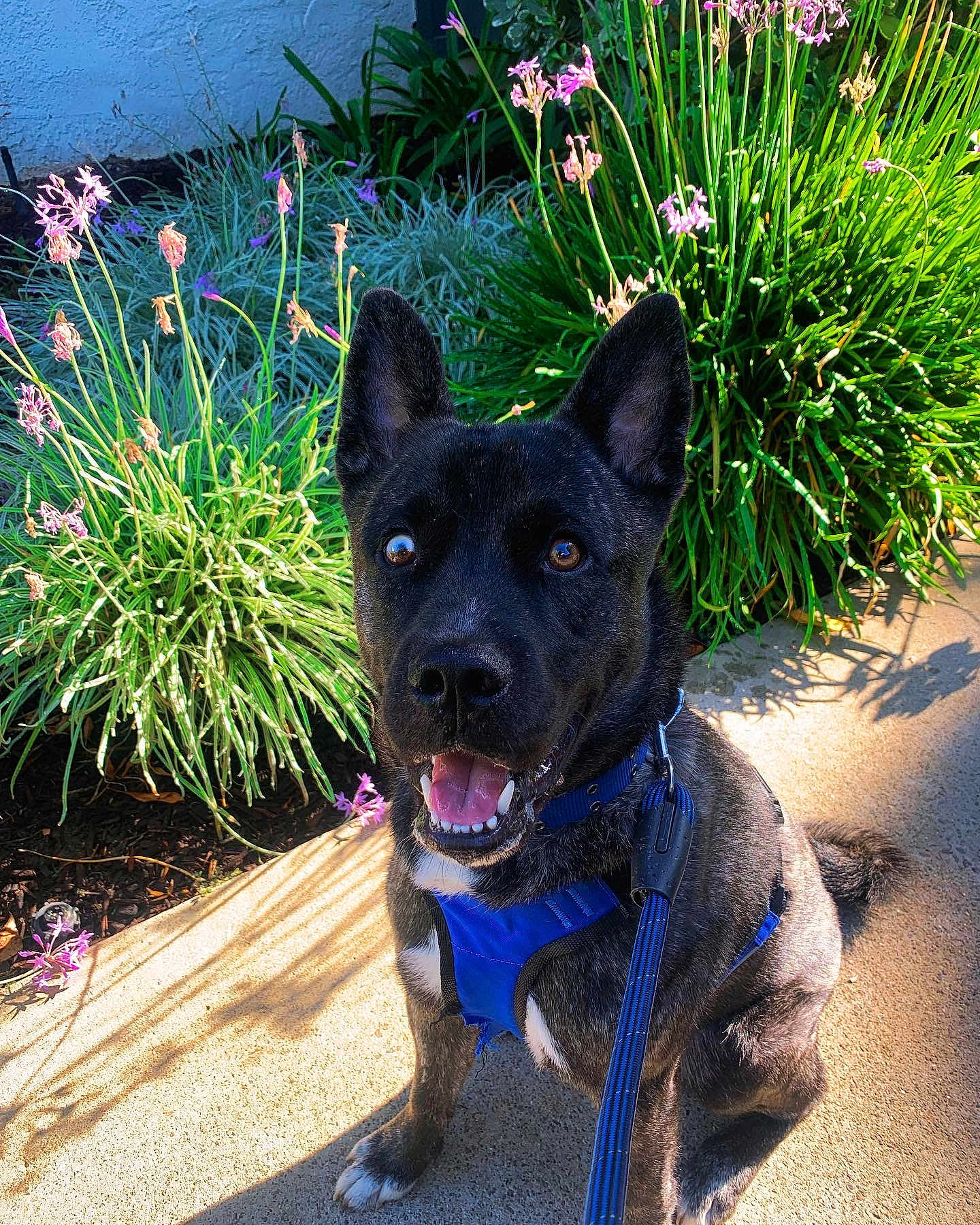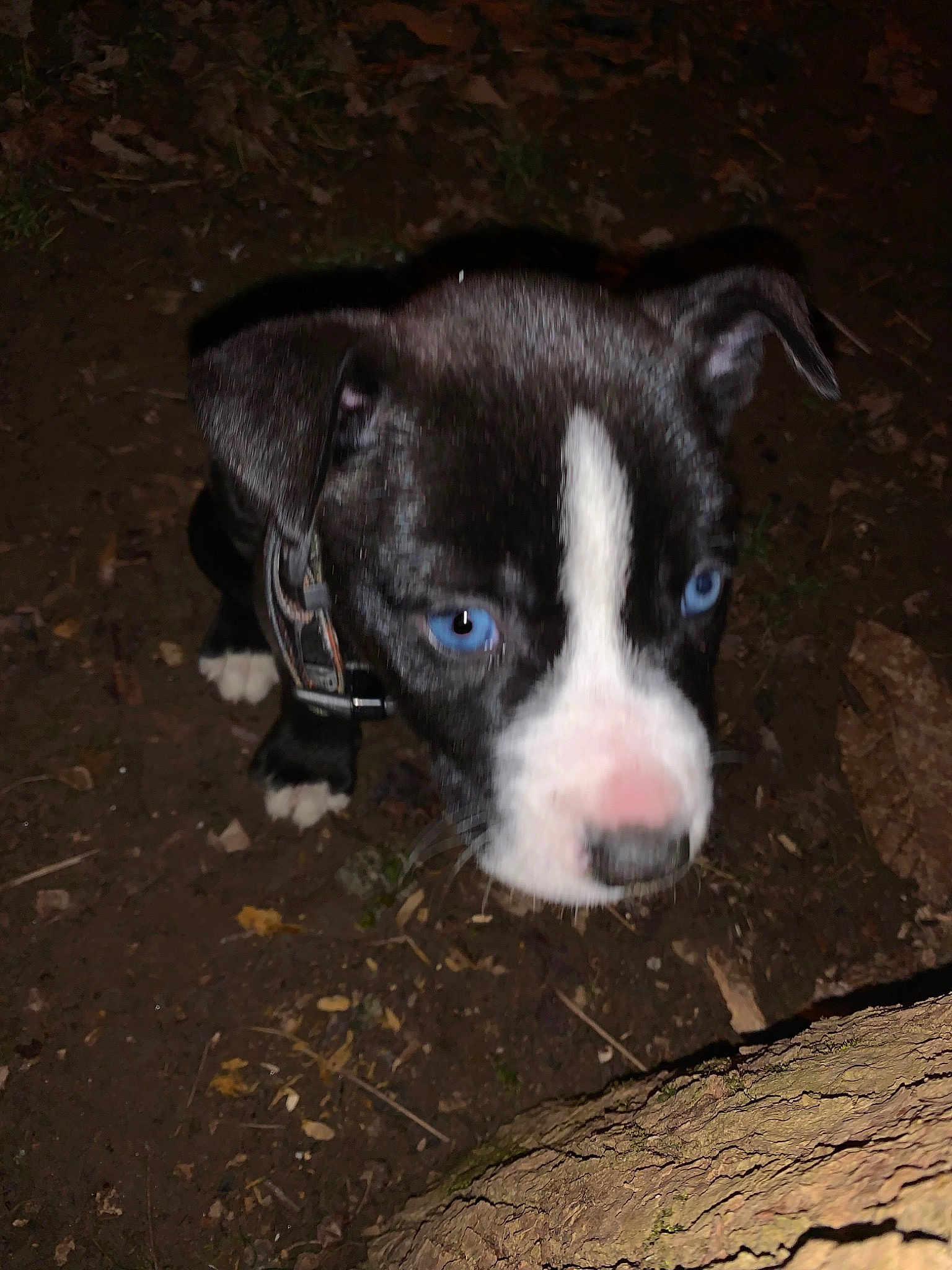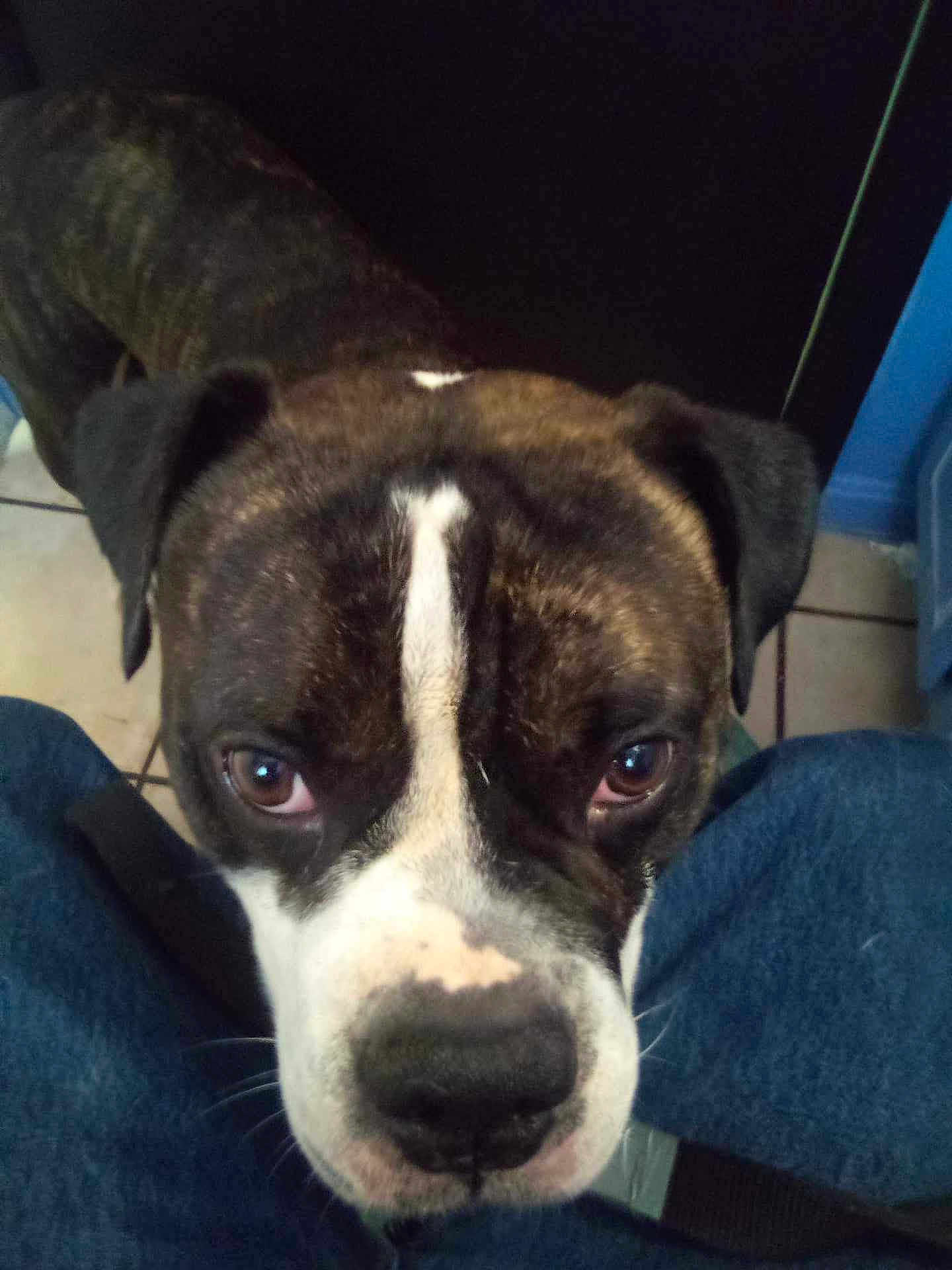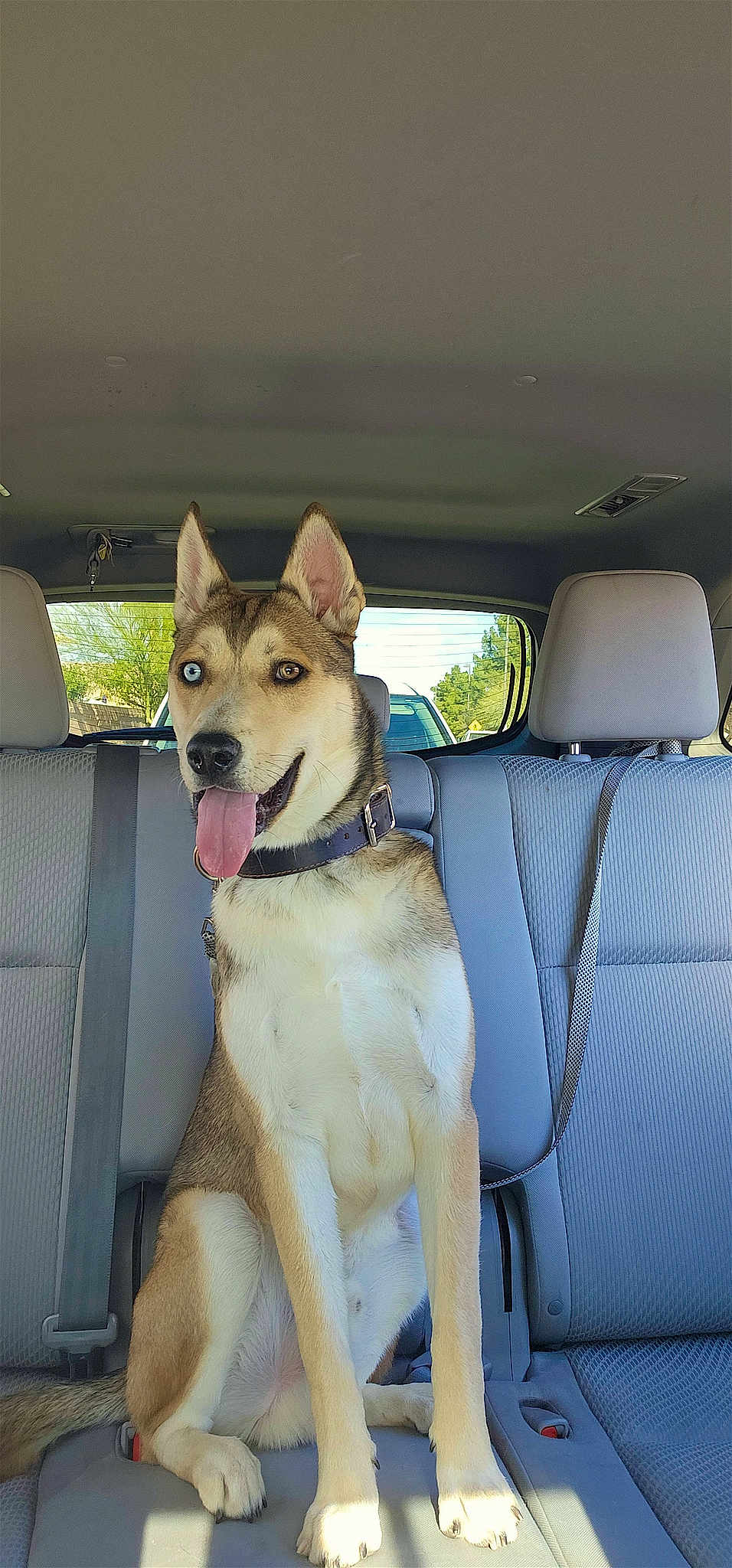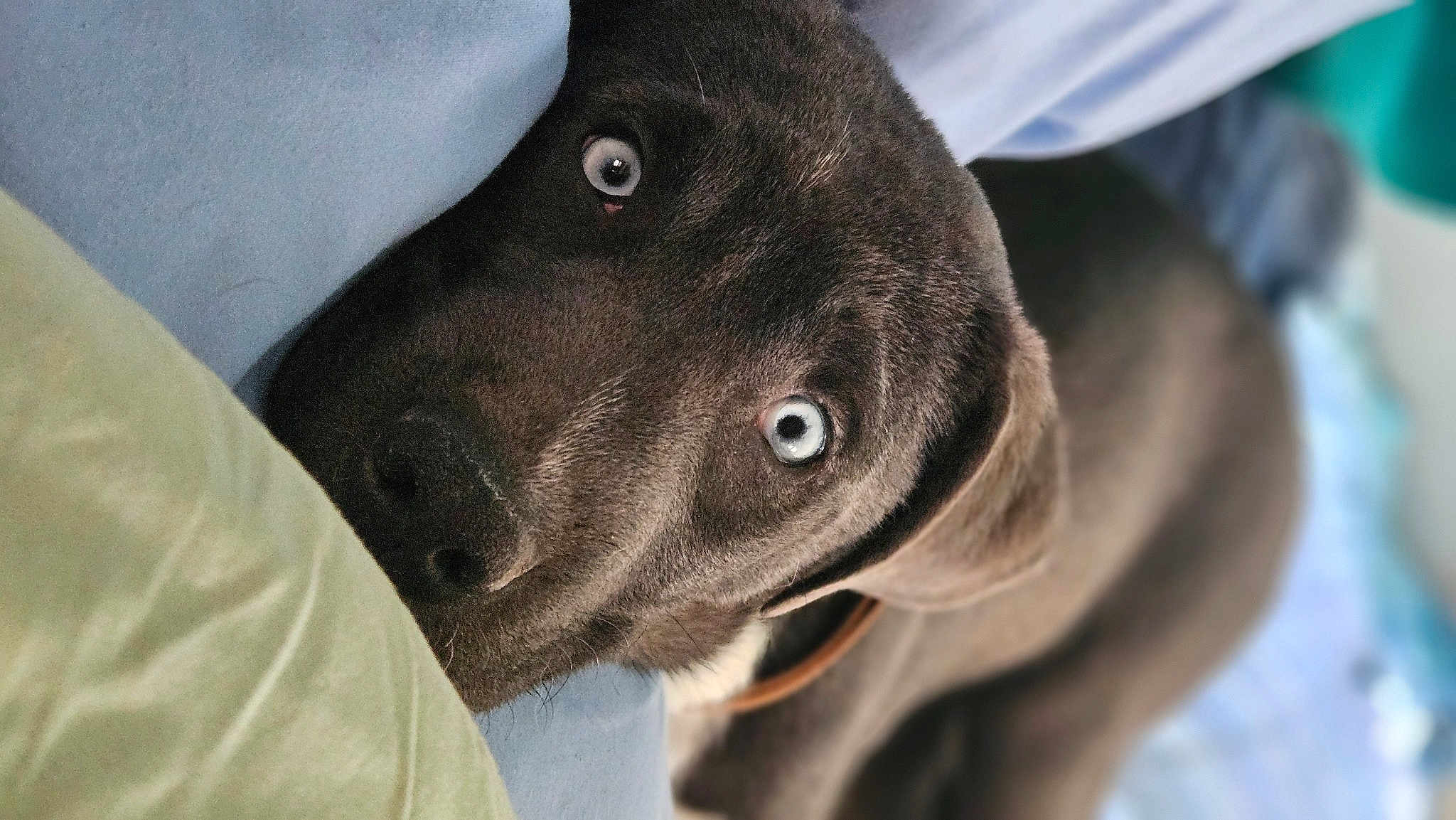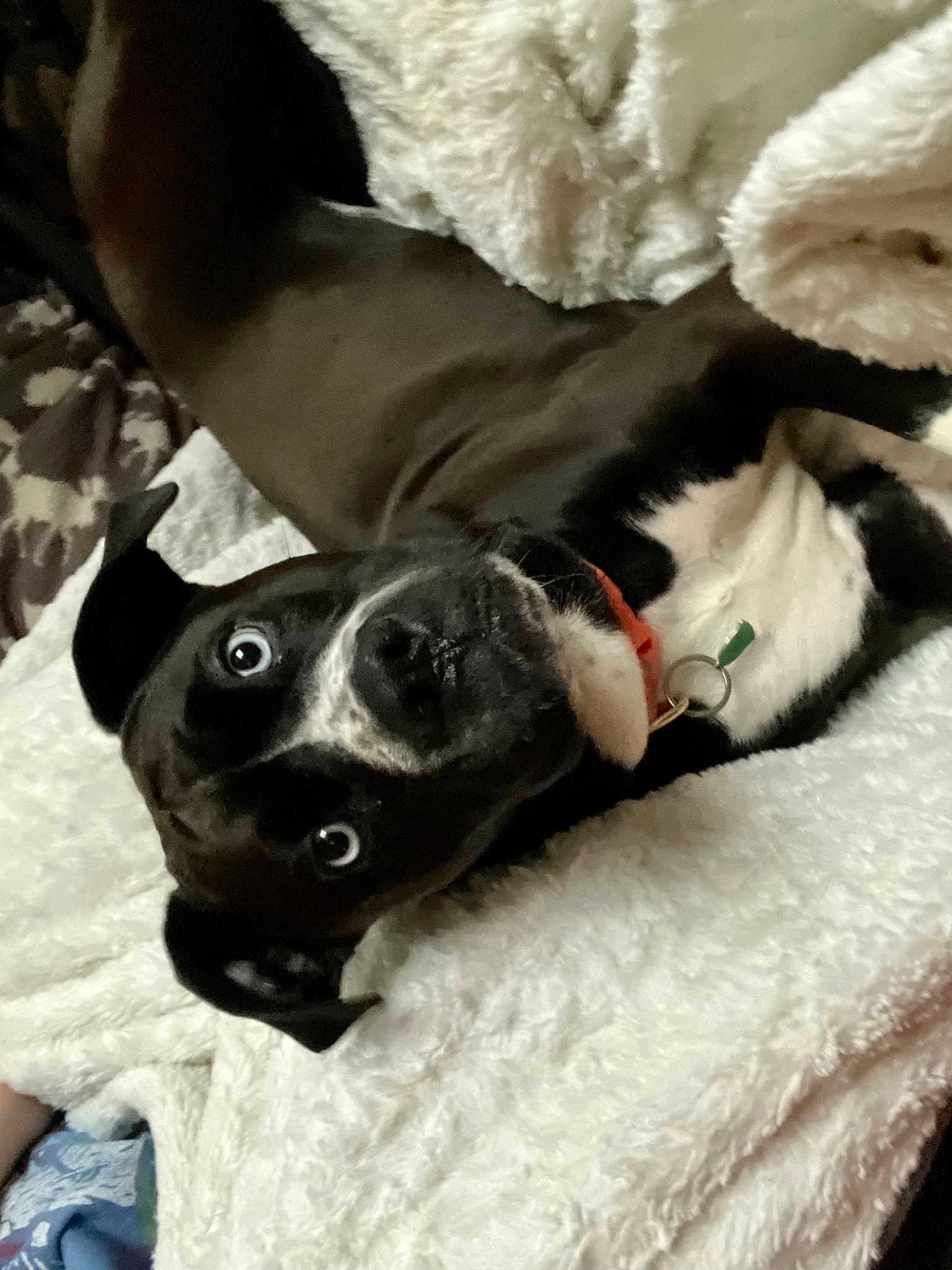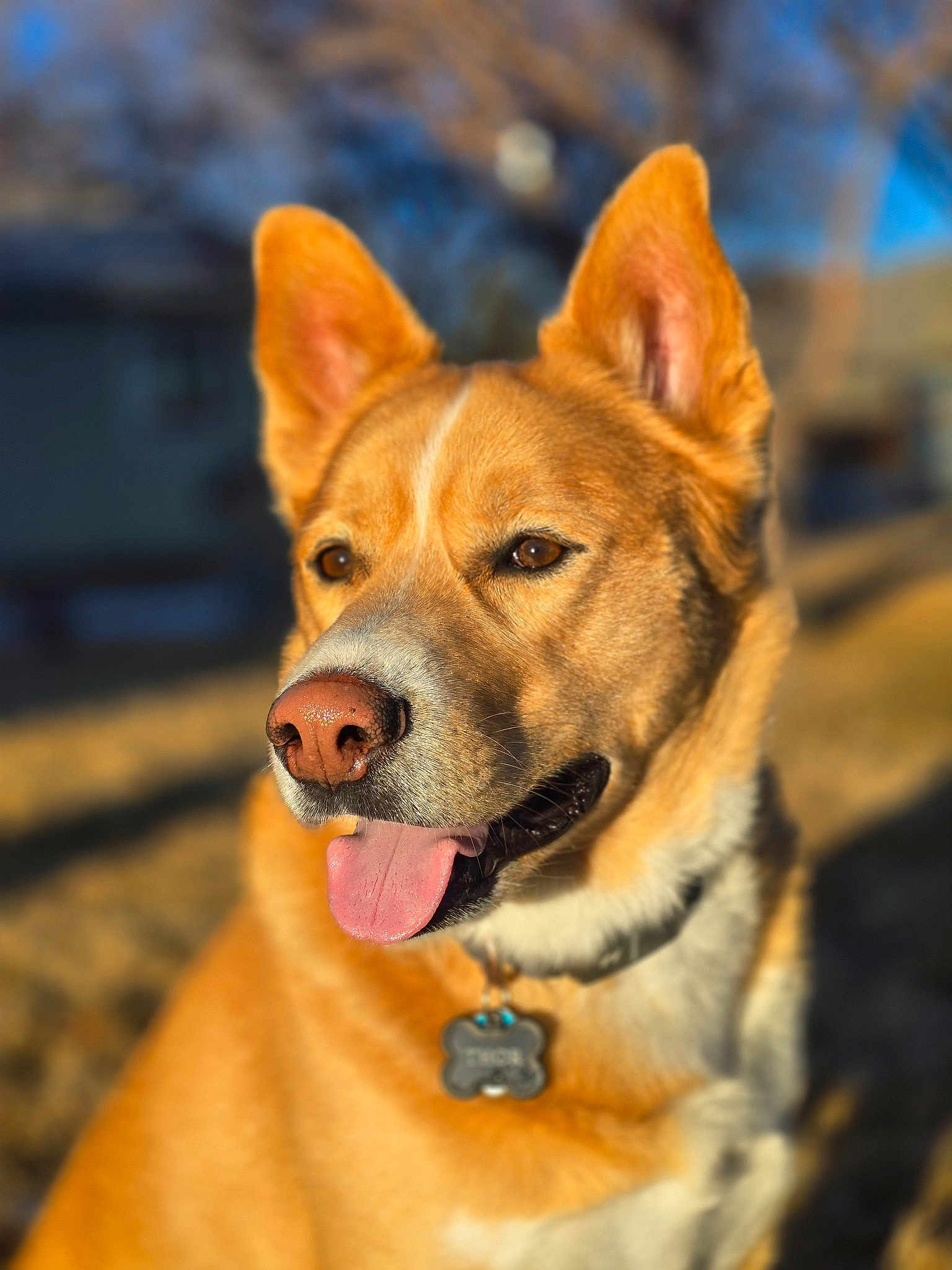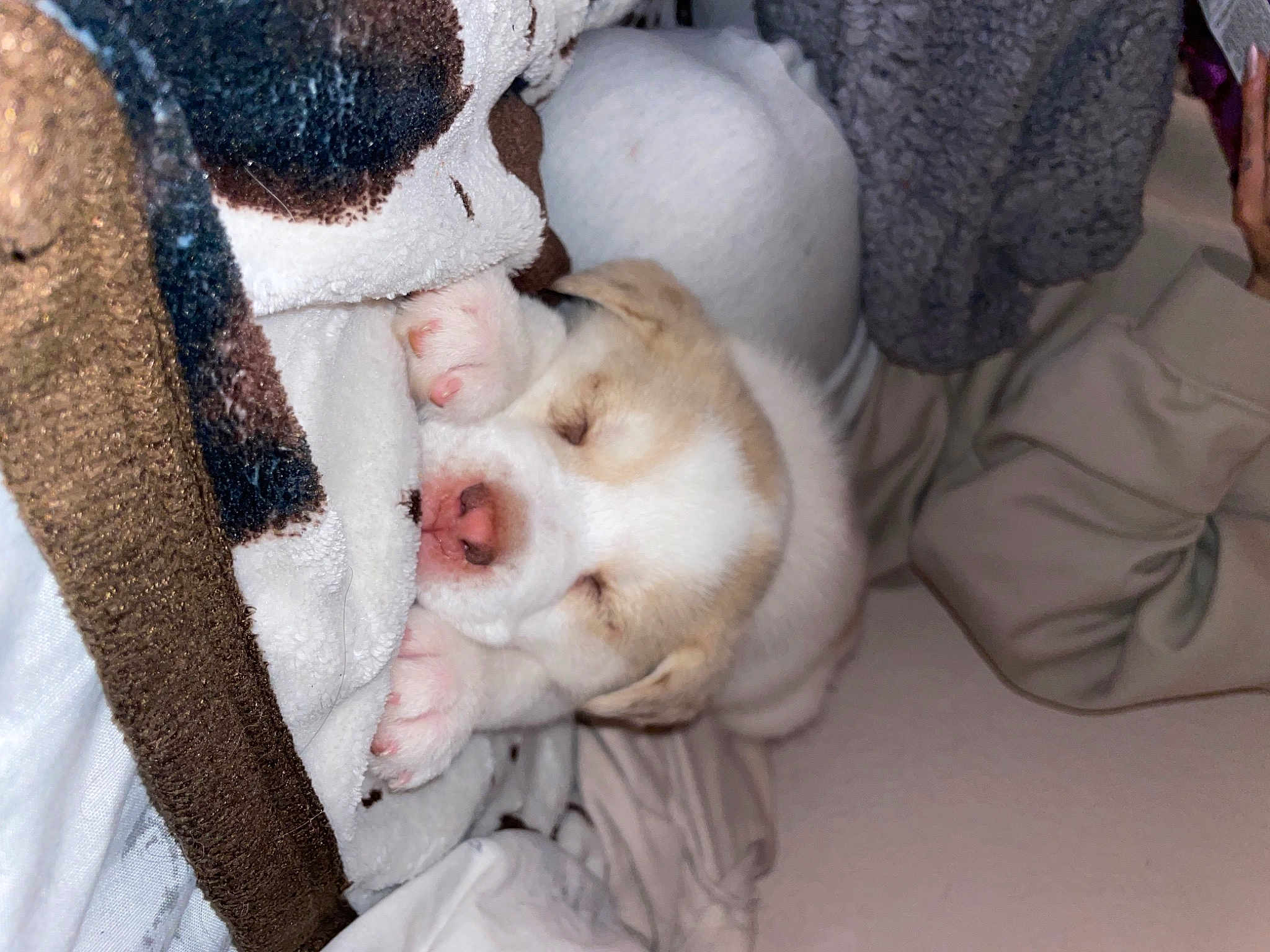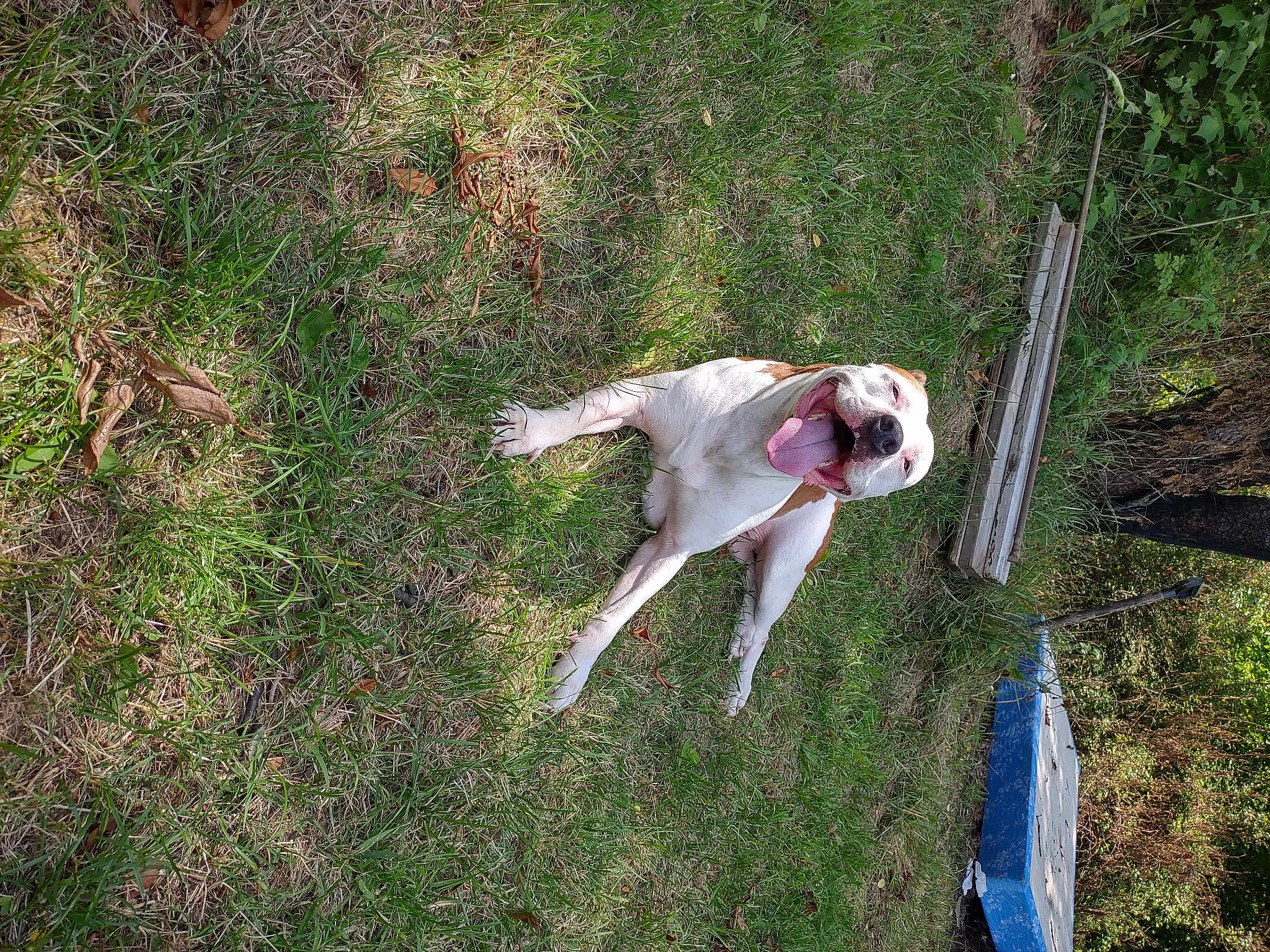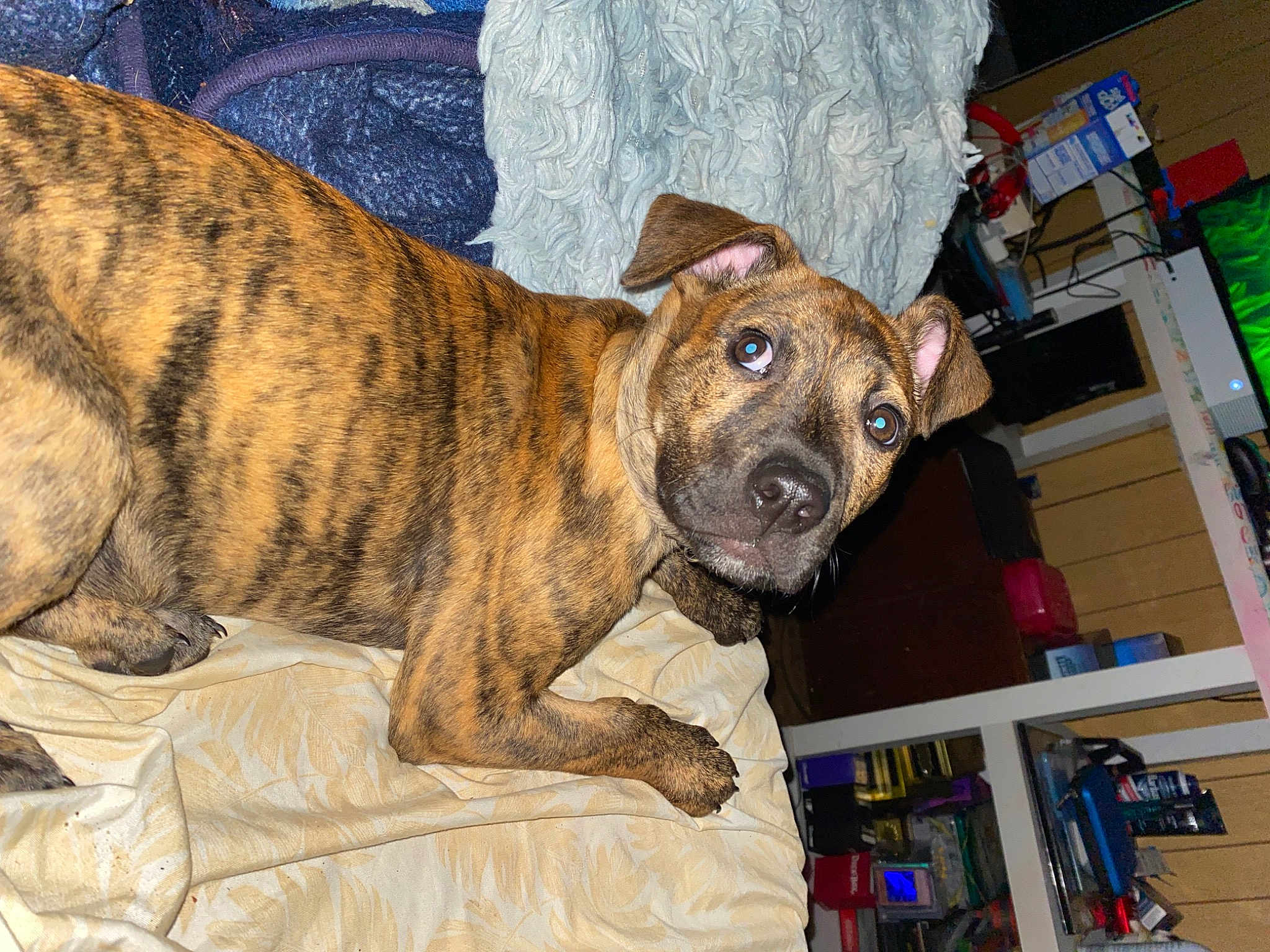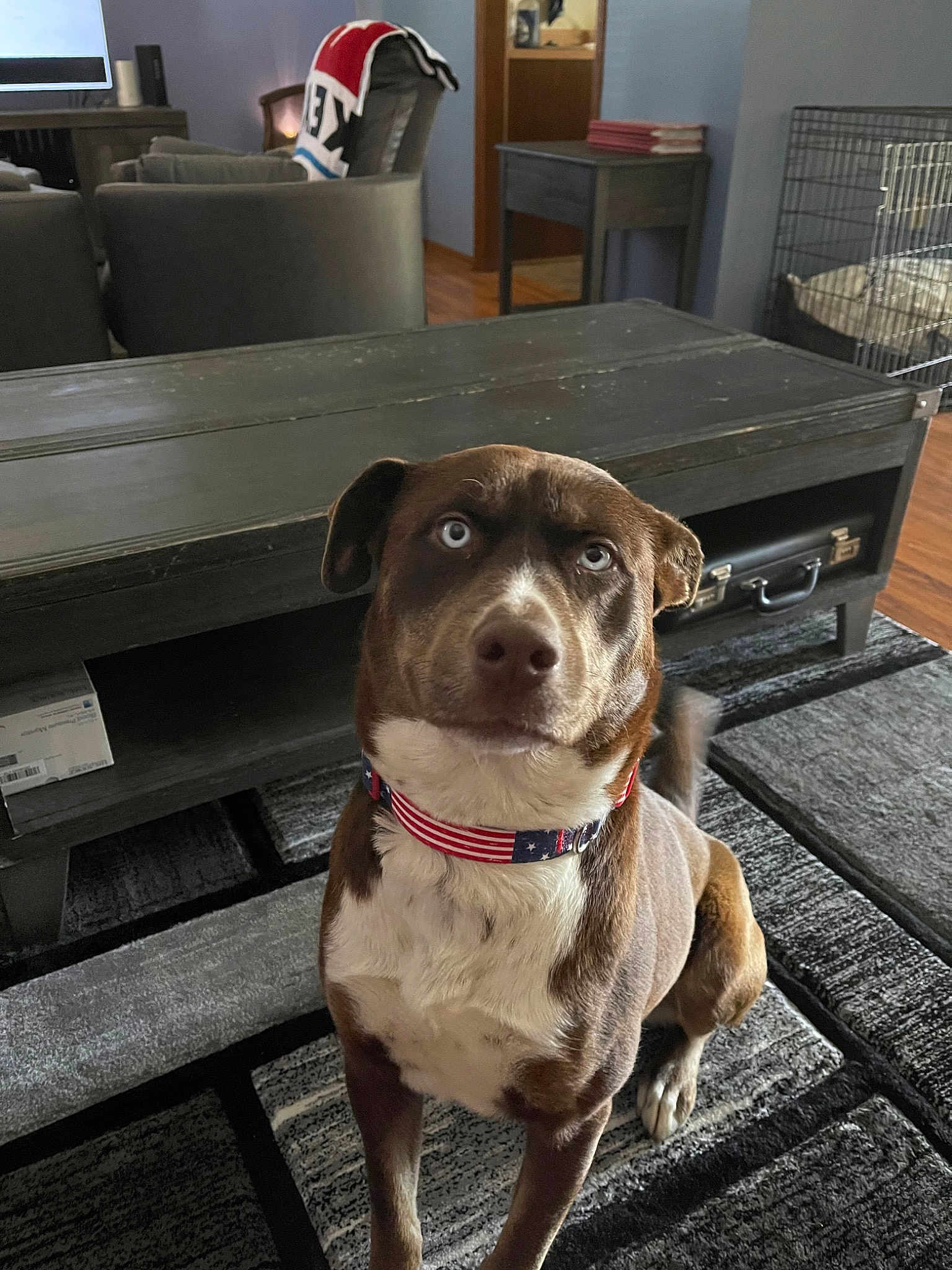"To sit with a dog on a hillside on a glorious afternoon is to be back in Eden, where doing nothing was not boring — it was peace." - Milan Kundera. In the diverse world of dog breeds, few are as captivating and multifaceted as the Pitsky. This hybrid breed, a cross between the American Pit Bull Terrier and the Siberian Husky, offers a unique blend of traits that fascinate dog enthusiasts worldwide. The Pitsky's captivating looks and spirited demeanor make them an excellent subject for those seeking a breed that aligns with their vibrant lifestyle.
Personality and Behavior of the Pitsky
Pitskies are renowned for their energetic and playful nature. Given their parentage, it's no surprise that they inherit the high energy levels of the Husky and the affectionate loyalty of the Pit Bull. These dogs thrive in active households where they can participate in regular physical activities. Whether it's a game of fetch in the backyard, an intense tug-of-war session, or a long jog around the park, Pitskies are always up for a challenge.
Additionally, Pitskies are known for their intelligence and problem-solving abilities. This can be attributed to their Husky lineage, which is well-recognized for its cleverness. Pitskies possess a strong will and an independent streak, which can sometimes make training a bit of a challenge. However, with patience and consistency, they can learn a wide array of commands and tricks.
Family-oriented by nature, Pitskies form deep bonds with their human families. They are particularly protective of children and can be quite the playmate, providing both entertainment and guardianship. It’s noteworthy that while Pitskies are friendly with known individuals, their Pit Bull heritage can imbue them with a cautious attitude toward strangers, making them excellent watchdogs.
"A Pitsky’s loyalty is often mentioned alongside their intelligence. This breed is known to go above and beyond to protect and please their family, creating an unbreakable bond."
Meanings, History, and Origins of the Name Pitsky
The name "Pitsky" is a straightforward blend of its parent breeds' names: the American Pit Bull Terrier and the Siberian Husky. This portmanteau underscores the hybrid nature of the breed and highlights its diverse genetic heritage.
The American Pit Bull Terrier has a storied history that dates back to 19th-century England, where they were initially bred for bull-baiting and later as farm dogs. Known for their strength, courage, and loyalty, Pit Bulls were often regarded as "nanny dogs" due to their reliable and gentle nature around children.
On the other hand, the Siberian Husky boasts a history rooted in the rigorous landscapes of Siberia, where they were used by the Chukchi people for sledding and transportation. This breed is celebrated for its endurance, playful personality, and striking blue or multicolored eyes.
The Pitsky combines these rich histories into one unique breed. By amalgamating the robust, loyal characteristics of the Pit Bull with the energetic, intelligent traits of the Husky, the Pitsky brings together the best of both worlds. This blend results not only in physical traits but also in a dynamic, versatile temperament that appeals to many dog lovers.
Popularity of the Pitsky
The Pitsky has steadily risen in popularity over the years, particularly in the United States and other English-speaking countries. With the increasing interest in mixed breeds and designer dogs, the Pitsky captures the attention of prospective pet owners looking for a unique companion that stands out in terms of both appearance and personality.
In the United States, the Pitsky's popularity can be seen in various dog shows and competitions, as well as on social media platforms where proud owners showcase their adorable and active canines. The breed has also gained a following in the UK, Canada, and Australia, where dog enthusiasts appreciate the hybrid's combination of athleticism and loyalty.
Globally, the Pitsky's recognition varies, with more significant interest in regions with an existing appreciation for its parent breeds. In countries where Huskies or Pit Bulls are popular due to their working dog capabilities or family-friendly dispositions, the Pitsky naturally follows suit. Countries in Europe and parts of Asia, where there's a growing trend toward adopting mixed breeds, are also beginning to notice the Pitsky's charms.
Health and Care of the Pitsky
Caring for a Pitsky requires understanding its potential health issues and crafting a routine that caters to both its physical and emotional needs. Like many hybrid breeds, Pitskies can inherit health conditions common to their parent breeds. Some of the prevalent concerns include hip dysplasia, hypothyroidism, and eye issues such as cataracts.
Ensuring a balanced diet is crucial for maintaining the Pitsky’s health. Given their active nature, they require high-quality dog food that provides sufficient energy. Owners should opt for a balanced diet that includes proteins, healthy fats, vitamins, and minerals. Regular vet check-ups are important to monitor their health and catch any potential issues early.
Exercise is a significant component of a Pitsky's care regime. These dogs have high energy levels and need ample physical activity to stay healthy and happy. Daily walks, play sessions, and agility exercises can help expend their energy. Mental stimulation is equally important, given their intelligence. Engaging in interactive games and training exercises can prevent boredom and destructive behavior.
Grooming needs for a Pitsky depend on their coat type, which can vary. If they inherit the Husky's dense double coat, they'll require regular brushing to manage shedding. On the other hand, a shorter coat from the Pit Bull side may only need occasional grooming. Bathing should be done as necessary, generally when they get particularly dirty, usually once a month.
Training and Education of the Pitsky
Training a Pitsky can be both a rewarding and challenging experience due to their intelligence and independent nature. Early socialization is crucial to help them develop into well-rounded dogs. Exposure to different environments, people, and other animals from a young age can help mitigate potential behavioral issues.
Positive reinforcement is the most effective training method for Pitskies. Rewarding good behavior with treats, praise, or playtime encourages them to repeat the desirable actions. Consistency and patience are key, as Pitskies can sometimes exhibit stubbornness. Short, engaging training sessions are often more effective than long, tedious ones.
Obedience training is essential to establish boundaries and ensure that the Pitsky respects household rules. Teaching basic commands such as "sit," "stay," "come," and "leave it" can form the foundation for more advanced training. Given their high energy levels, incorporating physical activities into training sessions can also be beneficial.
For owners looking to delve into more advanced training, Pitskies can excel in agility courses, obedience trials, and even some working dog roles. Their Husky heritage makes them natural runners, while their Pit Bull side contributes to their strength and determination.
Cultural or Regional Variations of the name
Recent Trends or Shifts in the Name's Popularity
Popular Breeds featured in movies, TV shows, or literature if applicable
When choosing the right dog, it's important to consider factors such as your living environment, activity level, and the time you can dedicate to training and care. A Pitsky might be a perfect match for someone who leads an active lifestyle and is looking for a loyal, intelligent companion.
The significance of finding the ideal dog breed cannot be overstated. Dogs bring joy and fulfillment to our lives, and choosing a breed like the Pitsky, which boasts an impressive blend of traits from two beloved breeds, can be a delightful experience. At KingPet, we see many Pitskies competing in our contests, each showcasing their unique charm and spirited nature. Opting for a Pitsky can offer a lifetime of loyalty, energy, and companionship, making it a fantastic choice for any family or individual.






